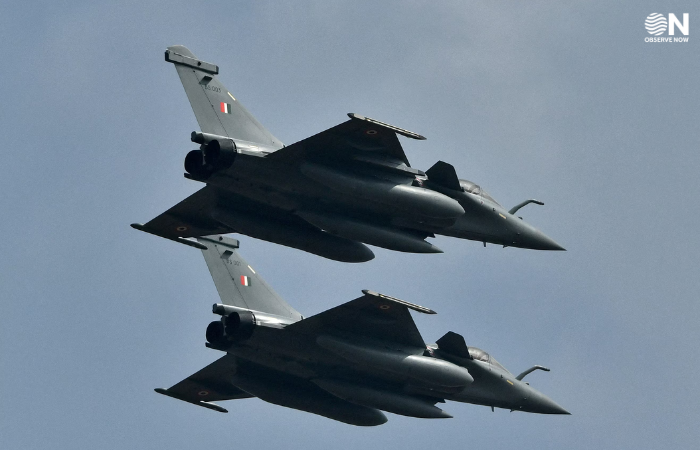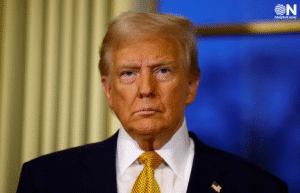How India Used AI to Stay Ahead in the Recent India-Pakistan Conflict

In a sharp turn of events earlier this May, India and Pakistan were briefly locked in a four-day military confrontation. While tensions at the border aren’t new, what stood out this time was India’s strategic use of Artificial Intelligence (AI) in its defense operations.
🚨 Real-Time Eyes in the Sky
India’s defense forces tapped into advanced AI systems to detect and respond to aerial threats almost instantly. These cloud-based command and control platforms helped track any incoming enemy aircraft in real time, coordinating responses from air, land, and sea with incredible precision.
The AI didn’t just spot threats — it could analyze flight paths, predict patterns, and assist in targeting. This gave Indian forces a major edge in stopping hostile actions quickly and effectively.
🧱 The Backbone Was Built Years Ago
This shift didn’t happen overnight. Back in 2018, India’s Ministry of Defence saw the future and set up a special task force to figure out how AI could be used for national security. Based on their recommendations, two major bodies were created:
- Defence AI Council (DAIC) – to lead policymaking
- Defence AI Project Agency (DAIPA) – to handle on-ground execution
Public sector organizations like Bharat Electronics Limited (BEL) also stepped in, developing AI tools that can identify enemy aircraft behavior and feed it directly into India’s Integrated Air Command and Control System (IACCS).
💡 What This Means for Modern Warfare
India’s recent display of AI capability shows that the future of warfare is no longer just about boots on the ground — it’s about algorithms, real-time data, and decision-making speed.
With AI in play, India has set a new precedent in defending its skies while reducing human risk and boosting precision. It also highlights the need for continuous innovation and investment in defense tech to stay prepared for tomorrow’s threats.
















